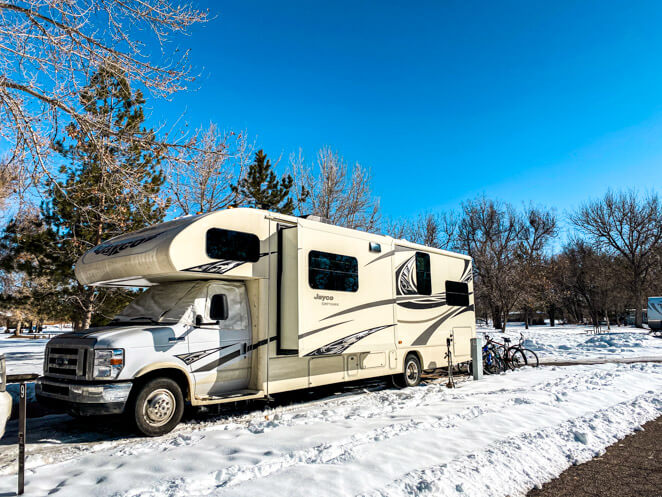Wondering if running multiple space heaters is safe in an RV? Are you struggling with how to wire a 50 amp RV plug, or are RV plugs safe to be placed inside and unwatched?
We have you all covered. Space heaters and RVs come hand in hand, and while they may seem to be a match made in heaven, people are often confused with safety and safe zoning concerns. An overload can, of course, be hazardous, but a caring touch can bring you both ease and comfort.
And so, YES, winter camping or chilling out at any time of the year is now made possible with multiple types of space heaters sandwiched with your RV.
Still trying to figure it out? Read along with us and decide for yourself while we decipher the unique code of employing multiple space heaters in your RV.
How Many Space Heaters Are to Be Attached in Total?
The answer comes with the question itself. Of course, you can never overload your RV, or else it will start tripping, so attaching the number of space heaters directly depends upon the ampere of your RV. Now, when this is the case, we have conditions to consider.
1. If You Have a 30 amp RV System
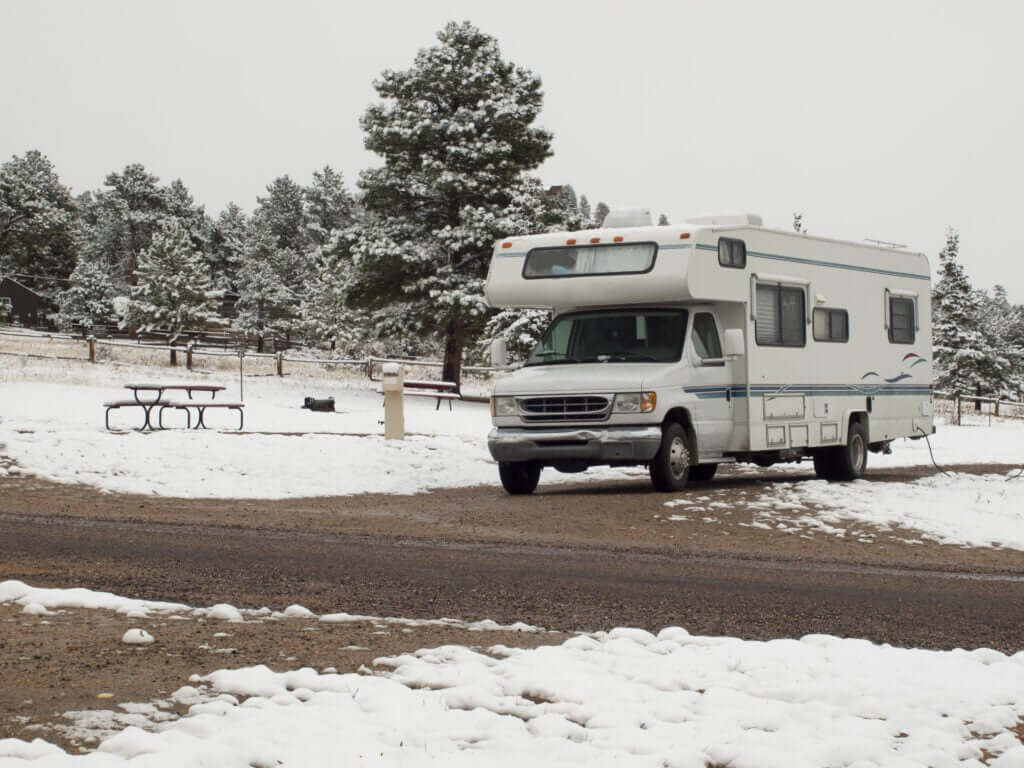
There are things to consider, such as if your RV is running at around 3600 watts, call in for a quick maths. Apart from space heaters, the major electricity consumption goes in with your RV refrigerator. Considering all your electrical appliances, you can equate to the fact that limiting to one space heater in a 30-amp RV system is the safest choice, or at maximum, two space heaters not on their highest setting can go with your RV (low settings at 700 watts).
If you are going with two space heaters, consider the fact that running them day in and day out can be pretty hazardous. You have to make the tough choice to switch off either of the types of machinery (one space heater at a time or the fridge)to maintain the balance of your electricity consumption.
Consider the risk factors in this case. If you run an RV electrical system in the upper limit, and if your rig is old too, then there is a high risk of potential fire in your RV electrical system, which, for sure, is not even the last thing that you want.
2. If You Have a 50 Amp RV System
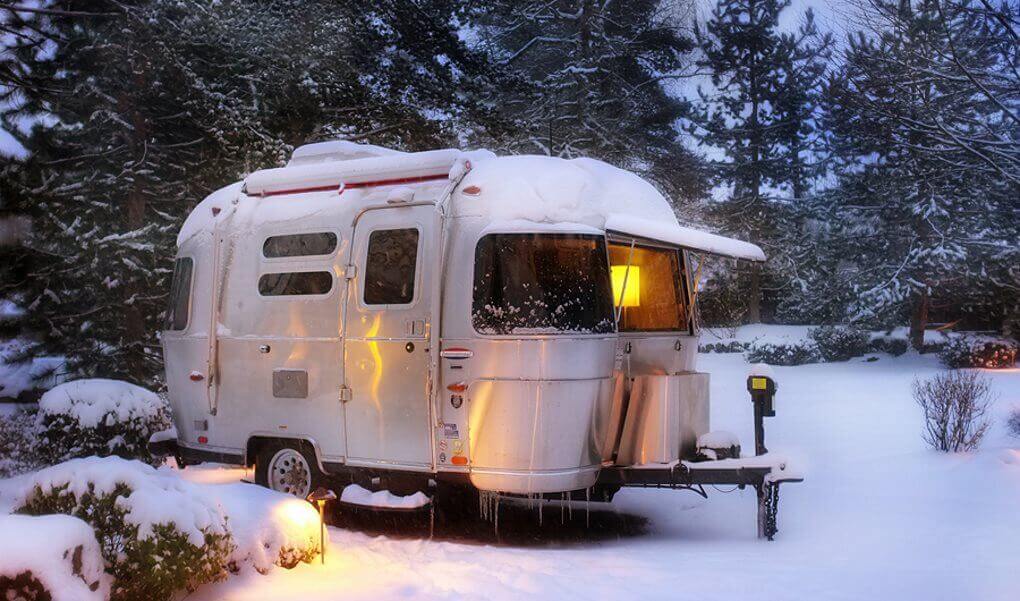
You get a lot more space heater-safe options with a 50-amp RV system. Again, let’s go for a quick calculation here. There are two 50-amp arms in a 50-amp rig system. Now, this can add up to 12,000 working watts, equating to 120 volts of current. This gives you broader electricity stabilizing options in a 50-amp RV.
Summing up, a 50-amp RV can afford up to six to seven space heaters, making your RV indoors warm, cozy, and comfortable. The good part is that even after attaching these six to seven heaters, you can still keep your other appliances plugged in, like refrigerators, etc., without worry of potential fire risks or power trips.
This greatly depends upon the climatic conditions you are living in. If it is moderately cold, then two space heaters will serve your need of warming up within your RV as your RV can live up with the supplement heat sources in this condition.
Keeping a check: Never Turn the Blind Eye
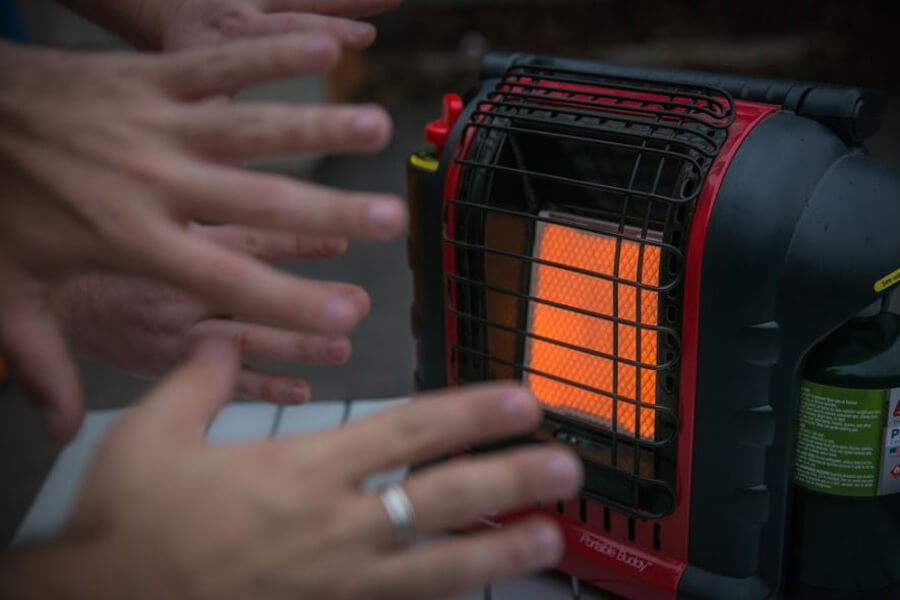
Be it a 50-amp or a 30-amp RV system, some concerns must never be overlooked. By checking the problems mentioned below, you are safe zoning your RV in the maximum ways possible.
Read along to learn more about these prevalent RV heating problems.
- Most of the RVs are connected with a 15-amp breaker, and almost all the time, one breaker holds four sockets clung to it. Attaching a space heater at its highest setting in any one of these plugs and then a second one will result in power tripping. This being said, using one space heater in one socket is all right, as a 15-amp breaker can live up to only 18,000 watts or 120 volts.
- You must never overlook the power bill. If you are staying at the charging park that charges monthly, and you use a 1500-watt space heater for several hours a day at least, you may notice a sudden spike in your electricity bills. There is no way that your comfortable and cozy warm space comes free of cost at all.
- Adding in as many space heaters as you can is not a big deal, considering the fact that RVs are not enormous bungalows. Rather, they are quaint little spaces, with many flammable materials lying around and attaching multiple space heaters that, too closely, can risk life-threatening accidents.
- There are RVs that come with enclosed underbellies. Such RVs call for the propane from the RV furnace to keep going with the plumbing during winter RVing. In this case, relying solely on space heaters is not a good idea, as it will soon result in frozen pipes.
Reading the Safety Manual
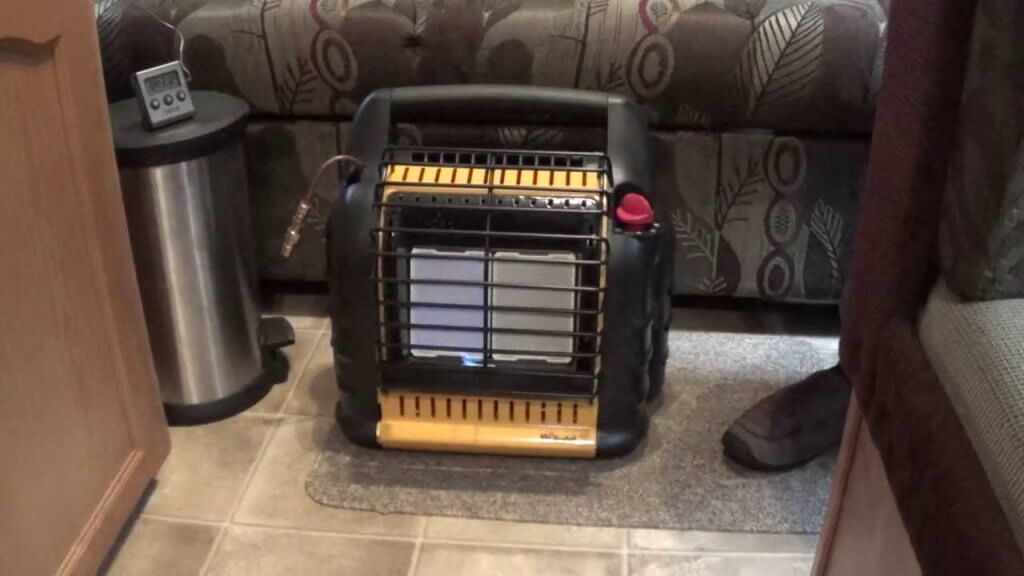
There are many safe heating options in an RV, but if you are reading this blog, we are considering the fact that you have tried them all out and are still in need of extra space heaters. Therefore, there are a few necessary lookouts when making space for your heart and RV warming space heater.
- Always go for the right size. You have to heat an RV, not a warehouse in an RV.
- You must buy space heaters with protection bars or guards to prevent burns.
- Keep the space heaters away at least three feet from other objects at all times.
- Never keep the space heaters turned on while leaving the RV.
- Always plug-in directly into the sockets instead of using power extensions or strips.
The Ending Note
While the safety manual goes on and on, we leave it best to your instincts to use safety heaters precautiously and safely throughout your RVing period. We have summarised all the possible answers to our knowledge, and as per the latest technologies we have on our hands, we aim to provide you with the best of our knowledge to make your experience worthwhile.
From safety precautions to electricity load lifting and from adding in a space heater to making your space comfortable, we have summed everything in this blog. We hope to provide you with the best and only the best, and we will soon be back with more such amazing details on RVing and Space Heaters, but until then, ADIOS!

